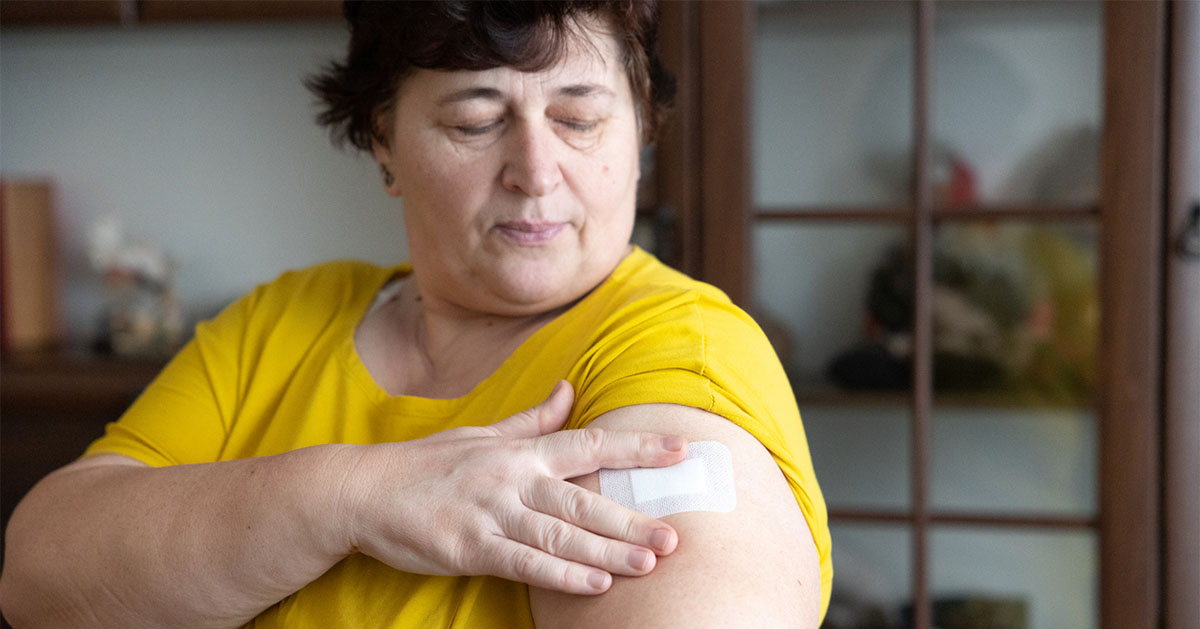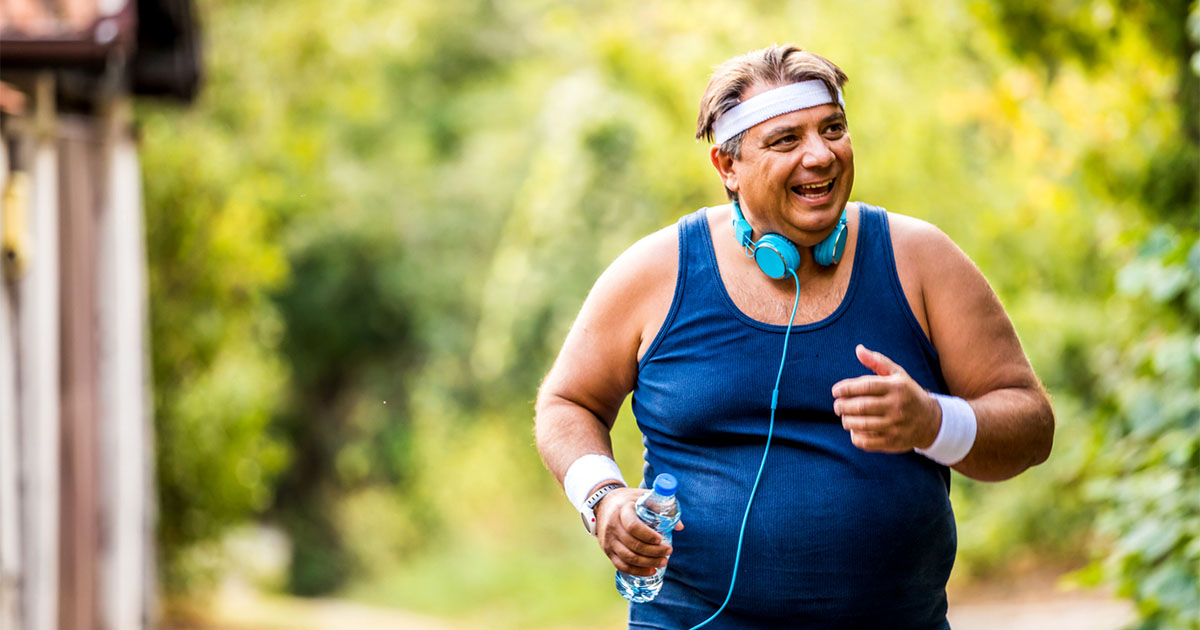“Closed loop: An automatic control system in which an operation, process, or mechanism is regulated by feedback.” Merriam-Webster online dictionary
Automated, electromechanical, closed-loop insulin delivery – the artificial pancreas – has historically been referred to as the Holy Grail of diabetes care and was expected to restore healthy glycaemic control in people with type 1 diabetes. Nowadays, early versions of the artificial pancreas have less ambitious goals and aim to reduce the incidence of hypoglycaemic events, and improve overall glycaemic control.
Current research efforts benefit from commercial continuous glucose monitoring (CGM) devices that measure interstitial glucose as a marker of changes in blood glucose level. Although they still lack the accuracy of a fingerprick test, CGM devices have been shown to improve glycaemic control (Juvenile Diabetes Research Foundation CGM Study Group et al, 2008).
The established technique of continuous subcutaneous insulin infusion (CSII) uses a portable electromechanical pump to mimic healthy insulin delivery, infusing insulin at preselected rates – basically, a slow basal rate with self-activated boosts at meal times.
The use of CSII is growing throughout the world. In the USA around 20–25% of people with type 1 diabetes are treated with CSII, and around 1% in the UK (Selam, 2006). However, treatment with CSII in the UK is rapidly growing following guidance from NICE (2008), which states that children under 12 years of age should be offered CSII therapy if multiple daily injection therapy is considered impractical or inappropriate, or if it would negatively affect quality of life.
CGM devices and insulin pumps can be combined to form the artificial pancreas. Insulin delivery is then modulated according to real-time interstitial glucose levels, as directed by a control algorithm, rather than at pre-selected rates, as during the conventional open-loop CSII. The development of the artificial pancreas has been hindered by suboptimal accuracy and reliability of CGM devices, the relatively slow absorption of subcutaneously administered rapid-acting insulin analogues, and the lack of adequate control algorithms to account for between- and within-subject variability. However, these challenges are gradually being overcome.
At Cambridge University, funding from the Juvenile Diabetes Research Foundation (JDRF) has allowed us to conduct a series of studies looking at overnight closed-loop control in children and adolescents with type 1 diabetes (Hovorka et al, 2010). We studied 17 children and teenagers aged between 5 and 18 years with type 1 diabetes over a total of 54 nights in hospital. We measured how well the artificial pancreas system controlled glucose levels compared with the children’s regular insulin pump treatment.
The pooled data analysis showed that the artificial pancreas kept blood glucose levels in the healthy range (3.91–8.00 mmol/L) for 60% of the time, compared with 40% for CSII. The artificial pancreas halved the time that a person spent with blood glucose levels below 3.9 mmol/L – the level considered as mild hypoglycaemia. It also prevented blood glucose levels falling below 3.0 mmol/L, which is defined as significant hypoglycaemia, compared with nine hypoglycaemic events in the control group.
This study is a significant step towards a first-generation artificial pancreas. Supported by Diabetes UK, we are also studying adults and pregnant women with type 1 diabetes with similarly encouraging results. Other research groups in the USA and Europe are making excellent progress. For example, a study at Boston University, with a dual hormone artificial pancreas using glucagon and insulin delivery, prevented hypoglycaemia (blood glucose levels <3.9 mmol/L) in 11 adults over 27 hours (El-Khatib et al, 2010).
In 2010, the JDRF formed a partnership with Animas, a subsidiary of Johnson & Johnson and manufacturer of insulin pumps, to develop a first-generation artificial pancreas. With overall funding of $16 million the collaborative project aims to have a first-generation system ready for regulatory review by 2014.





Increased risk of new-onset heart failure in over-65s suggests caution is required before prescribing pregabalin for painful diabetic neuropathy.
14 Aug 2025